Blaze Bernstein's parents using drones to help find missing UPenn student
Blaze Bernstein, 19, disappeared the night of Jan. 2 in Foothill Ranch, Calif.
— -- The parents of a University of Pennsylvania student who mysteriously disappeared in California last week are using drones to help find him.
Blaze Bernstein, 19, who had been home in Southern California for winter break, met with a friend Jan. 2 and the two drove to Borrego Park in Foothill Ranch, witnesses told the Orange County Sheriff's Department.
Bernstein apparently got out of the car about 11 p.m. and went into the park, the sheriff's department said. That's when he vanished and hasn't been heard from since, the department added.

Police do not consider the friend a suspect in Bernstein's disappearance.
As part of the desperate search for Bernstein, a friend who is involved in a group of professional and amateur drone users offered to help, said Jeanne Pepper Bernstein, Blaze's mother.
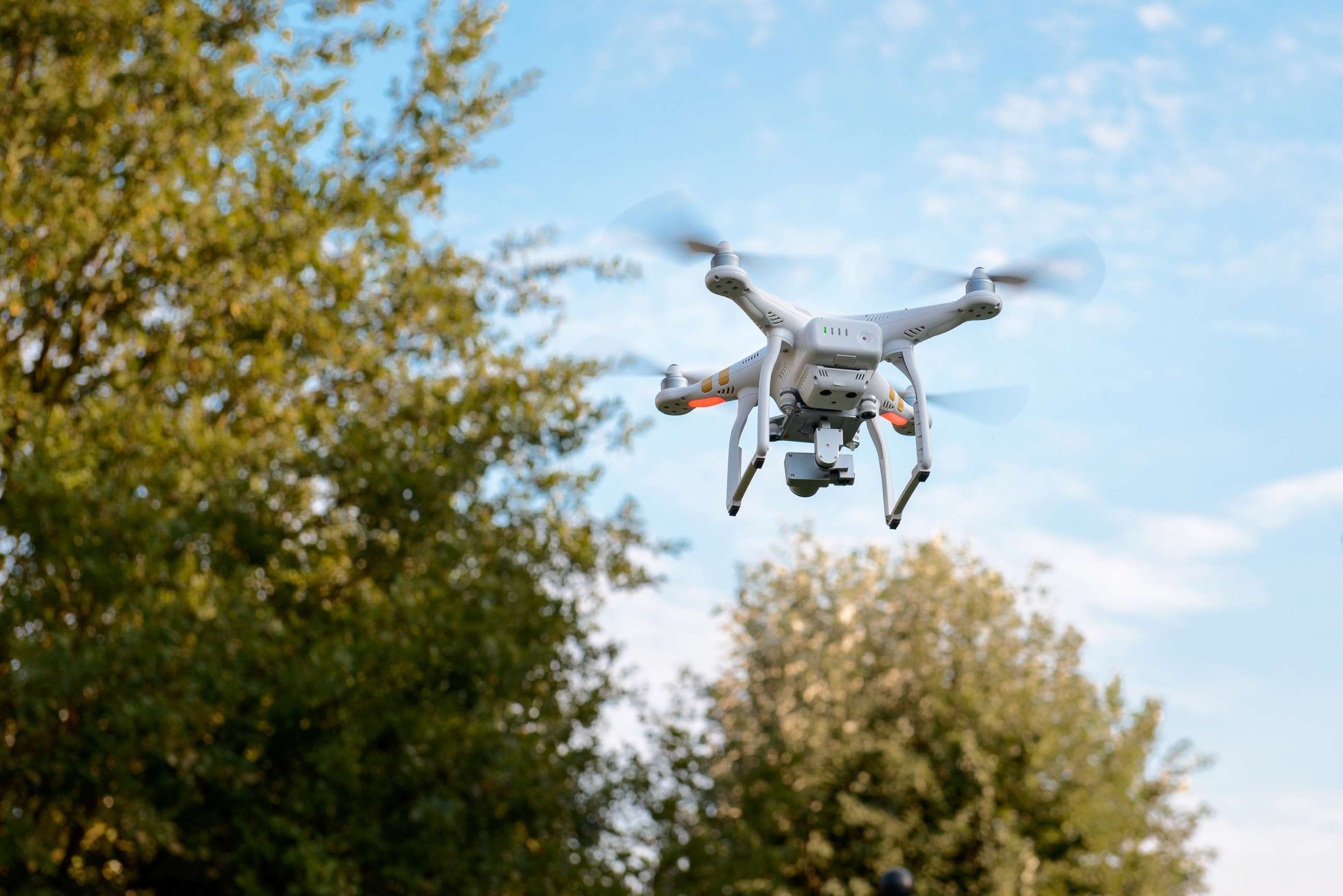
She told ABC News the drone flew for one day and teams are now combing through that footage.
"It's a great technology," she told ABC News. "It's going to take a lot of time to go through all the data they collected."
"We are only just beginning," she said. "The world is a big place and we are hunting aggressively for answers."
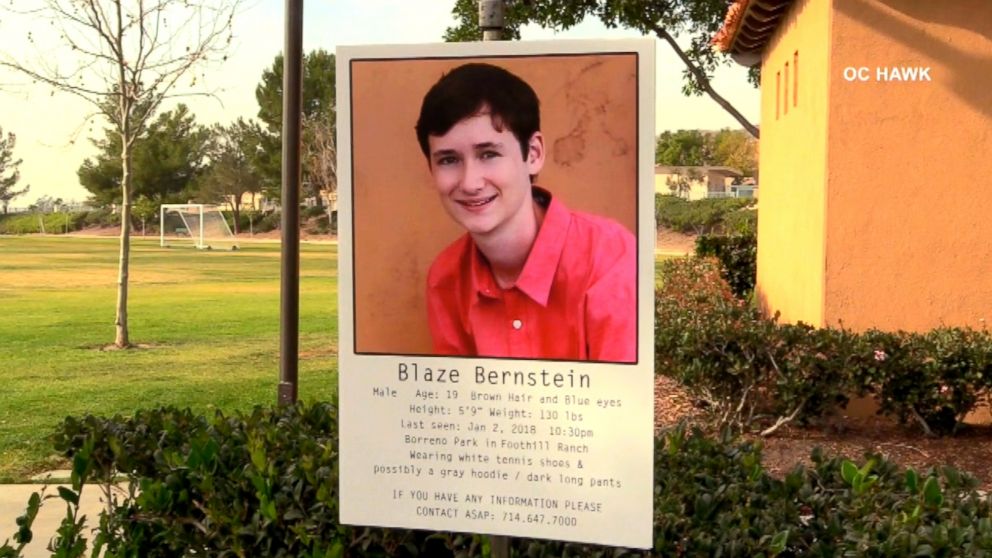
Carrie Braun, a spokeswoman for the Orange County Sheriff's Department, said any private drone search would be separate from the sheriff's office investigation. She added that Bernstein's disappearance is still considered an active missing person case.
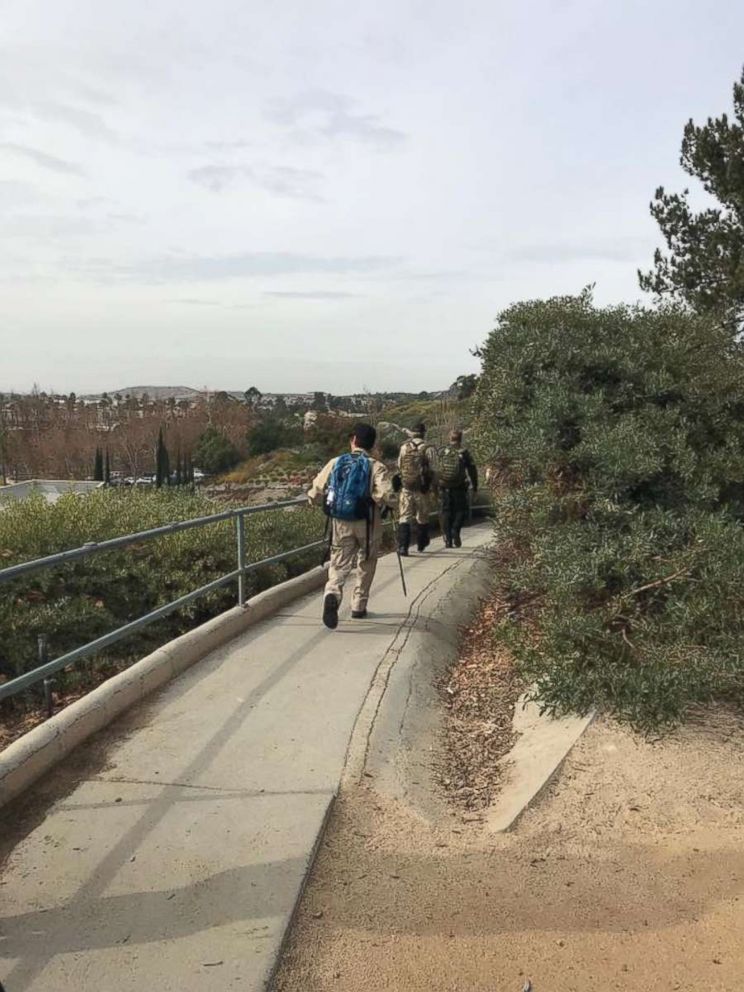
The use of drones to help find Bernstein and other missing people is just one form of new technology law enforcement is using to do their jobs, said former FBI Agent and ABC News contributor Brad Garrett.
Predictive analytics, closed-circuit television, GPS darts and even experimental facial recognition are among the new tools, he said. With predictive analytics, which Garrett said is used in a number of cities, "through algorithms you start to look at crimes and through analysis you're able to maybe hone down day, time, location, technique."
He said it can "help you figure out potentially who committed the crime and maybe more predicatively when they may strike again."
Closed-circuit television (CCTV) uses algorithms that can look for specific anomalies, while GPS darts can be shot toward, and latch onto, fleeing vehicles, Garrett said. And facial recognition -- which Garrett says is being used internationally but hasn't quite caught on in the United States -- can scan faces in a crowd and "give you some basic bio-metrics" to help search for a particular person.
There are privacy concerns, Garrett said, but "most systems have safeguards built in place."
The risk "should not stop us from developing it," he added. "As the world moves on, that's where we're headed. Law enforcement has to keep up with technology."
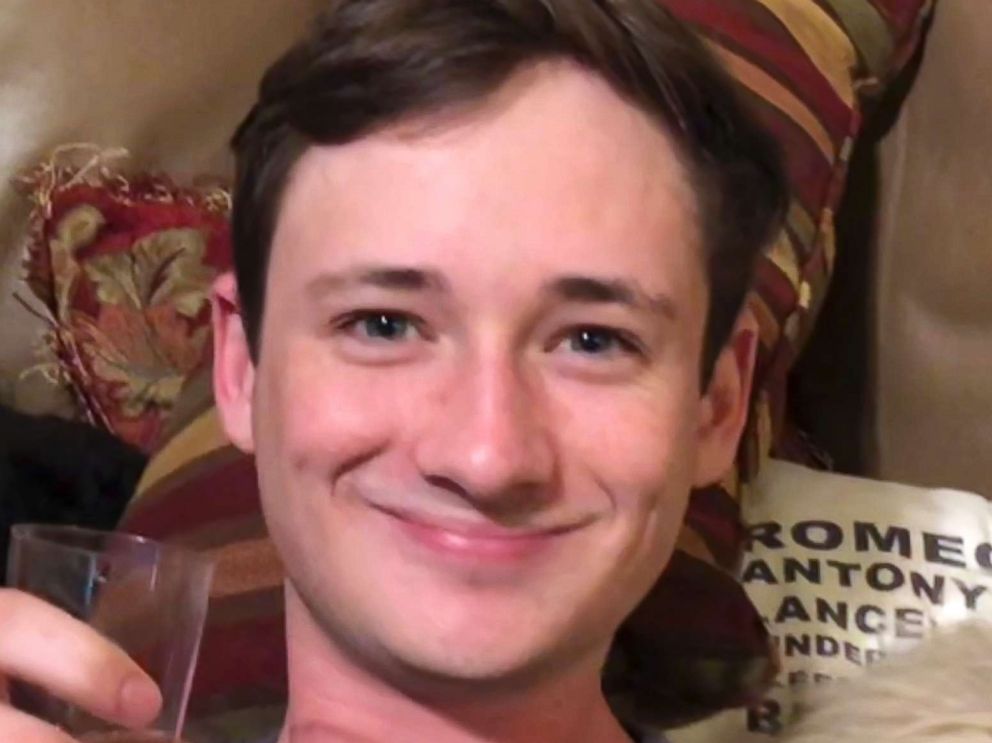
As the search for Bernstein continues, Braun of the sheriff's office told ABC News Monday, "We're hoping that he is just either incapacitated or unable to contact his family."
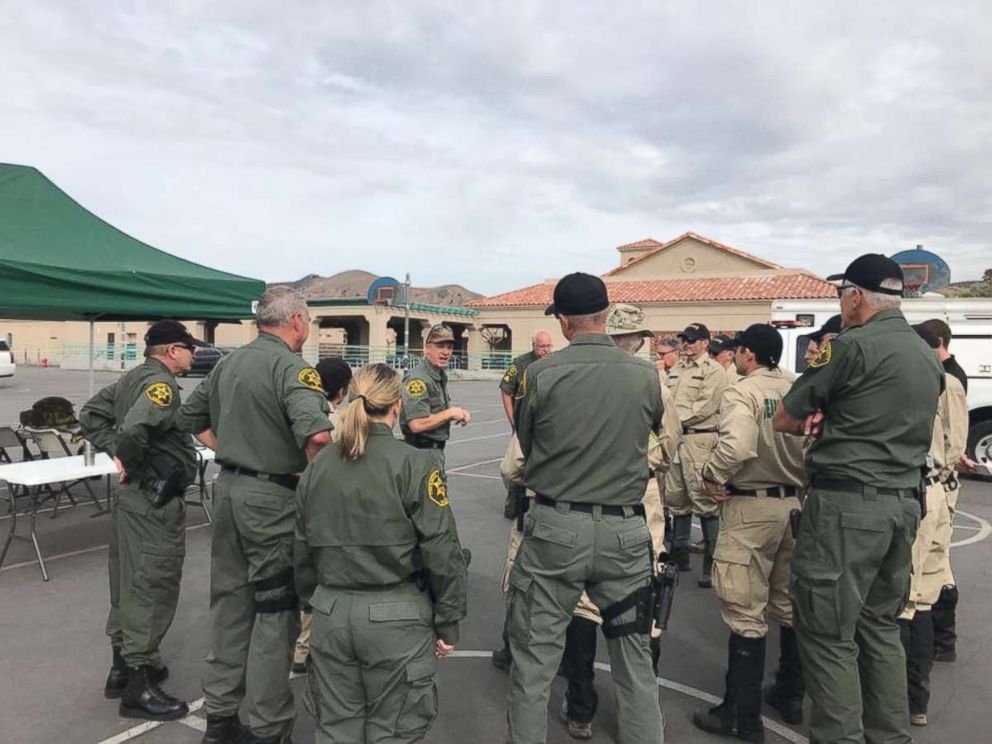
"We're really hoping to find him well and alive to and return him safely," she said.
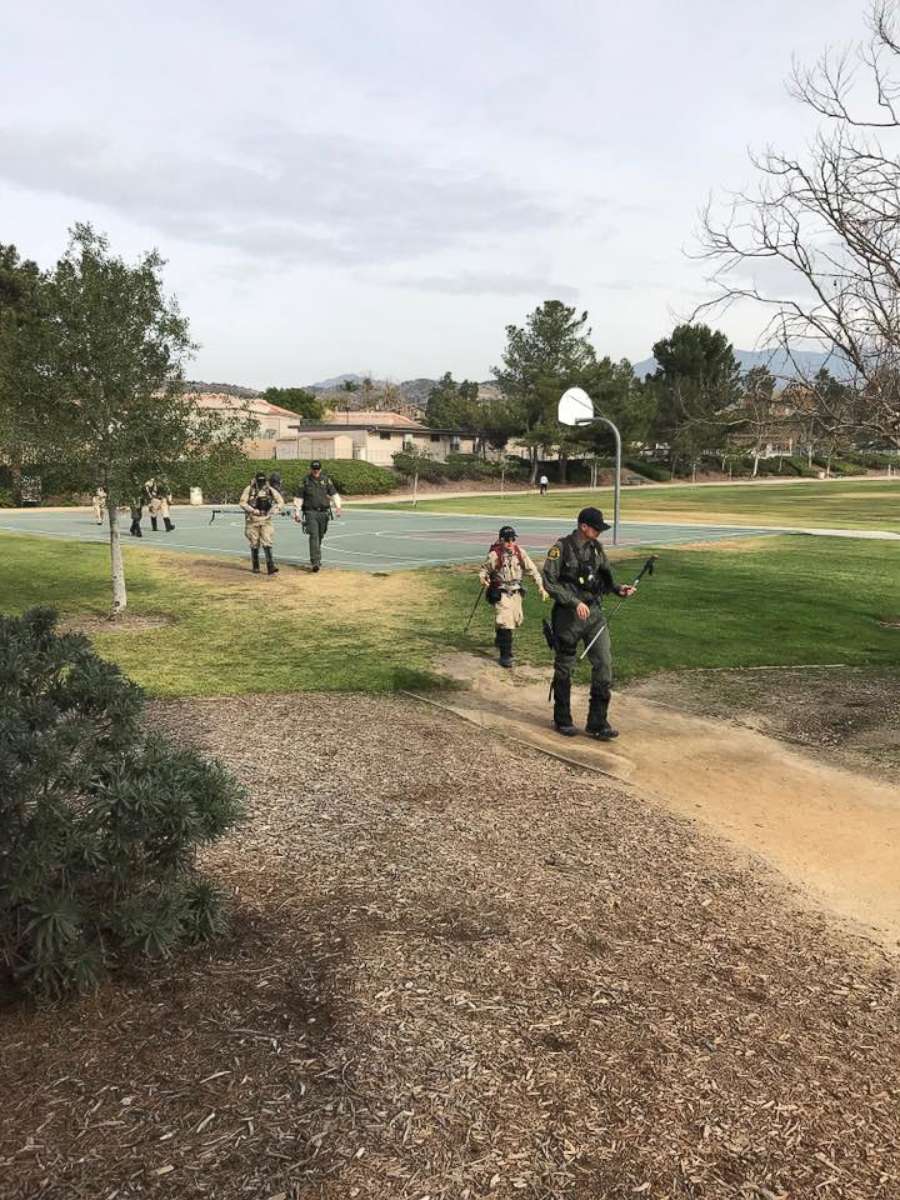
Meanwhile, across the country, the missing teen's peers are preparing for the spring semester.
Stephen MacCarthy, vice president for university communications at the University of Pennsylvania, told ABC News Monday, "We are in touch with his family in California and they are keeping us apprised of any developments. We hope he is safely back with his family soon."
Blaze Bernstein is described as having blue eyes and brown hair, standing 5 feet 8 inches tall, and weighing 130 pounds. He was wearing a dark jacket, a dark gray, long-sleeved zip-up and white Adidas shorts.
Anyone with information is urged to call the Orange County Sheriff’s Department at 714-647-7000 or submit an anonymous tip to Orange County Crime Stoppers at 855-TIP-OCCS.




